Multi-agency cocoa platform for Latin America and the Caribbean “Cocoa 2030-2050”
 Ecuador
Ecuador
 Colombia
Colombia
 Costa Rica
Costa Rica
 Belgium
Belgium
 Dominican Republic
Dominican Republic
 Germany
Germany
 Italy
Italy
 Panama
Panama
 Peru
Peru
 United States
United States
Executive Summary
The technological solution
- Solution 1: Laboratory Methodology as a Proposal for Cadmium Measurement in Soil, Leaves, and Cocoa Beans.
The developed methodology places special emphasis on the incorporation of analytical and quality control (QA/QC) systems through: 1) use of analytical blanks, 2) calibration curve reporting, 3) determination of repeatability, 4) use of certified reference materials, and 5) measurement of Cd-contaminated solutions.
- Solution 2: Cadmium Presence Maps.
Three maps (Colombia, Costa Rica, and Ecuador) of cadmium hotspots were developed, which will aid decision-makers in policy application and future research. Additionally, this technological tool underlies a development methodology that will be useful for other countries as needed.
- Solution 3: Cadmium Mitigation Strategies.
Seven cocoa varieties with low cadmium absorption capacity were identified and suggested for use in genetic improvement programs. Additionally, three amendments were identified that, when applied to the soil, help reduce cadmium concentrations in tissues.
Results
Throughout the project, the following results were generated:
- Differences were found among cocoa varieties regarding cadmium absorption, identifying 7 varieties with low metal accumulation suitable for improvement programs.
- A positive effect of manganese and zinc applications at specific doses on cadmium absorption was determined, suggesting further evaluation of new doses.
- A methodology for laboratories to measure cadmium in different matrices was developed, implementing a results quality control system using certified reference materials.
- Three maps identifying cadmium-contaminated areas were developed.
- A technical document was created outlining the impact of EU regulations on annual cocoa exports in the three countries, alongside socio-economic analysis and identification of business models possibly affected by the cadmium issue.
- A document analyzing local regulations (Colombia, Costa Rica, and Ecuador) and developed countries regarding cadmium content in fertilizers and related products was developed.
- A total of 2119 individuals were trained, including 1271 technicians from various public and private institutions related to the cocoa industry in the region.
Beneficiaries
Throughout the project, a total of 2119 individuals were successfully trained through various means, of which 40% were producers and 60% were technical personnel (researchers and extension workers). Additionally, female participation stood at 32% (686), considering cocoa farming as part of family agriculture. A total of 21 training activities were conducted, both virtually and in person, facilitating knowledge exchange and collaborative learning among members from the three partner countries of the Cocoa Platform.
Sustainable Development Goals
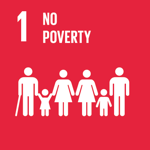
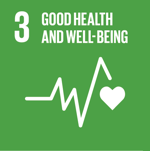
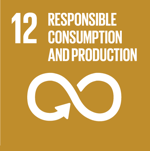
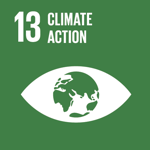
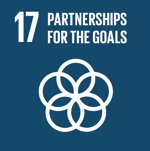
Project news
Participating Organizations
Executor
- Escuela Politécnica del Litoral (ESPOL) - Ecuador
Co-executor
- Corporación Colombiana de Investigación Agropecuaria (AGROSAVIA) - Colombia
- Fundación para el Fomento y Promoción de la Investigación y Transferencia de Tecnología Agropecuaria (FITTACORI) - Costa Rica
Associated
- Centro Agronómico Tropical de Investigación y Enseñanza (CATIE) - Costa Rica
- CEFA - Italia
- International Center for Tropical Agriculture (CIAT) - Colombia
- GIZ - Alemania
- Instituto Dominicano de Investigaciones Agropecuarias y Forestales (IDIAF) - República Dominicana
- Instituto de Innovación Agropecuaria de Panamá (IDIAP) - Panamá
- Instituto Nacional de Innovación Agraria (INIA) - Perú
- Instituto Nacional de Investigaciones Agropecuarias (INIAP) - Ecuador
- Instituto Nacional de Innovación y Transferencia en Tecnología Agropecuaria (INTA) - Costa Rica
- RIKOLTO - Bélgica
- Fine Chocolate Industry Association (FCIA) - Estados Unidos
- Universidad Nacional de Costa Rica (UNA) - Costa Rica





